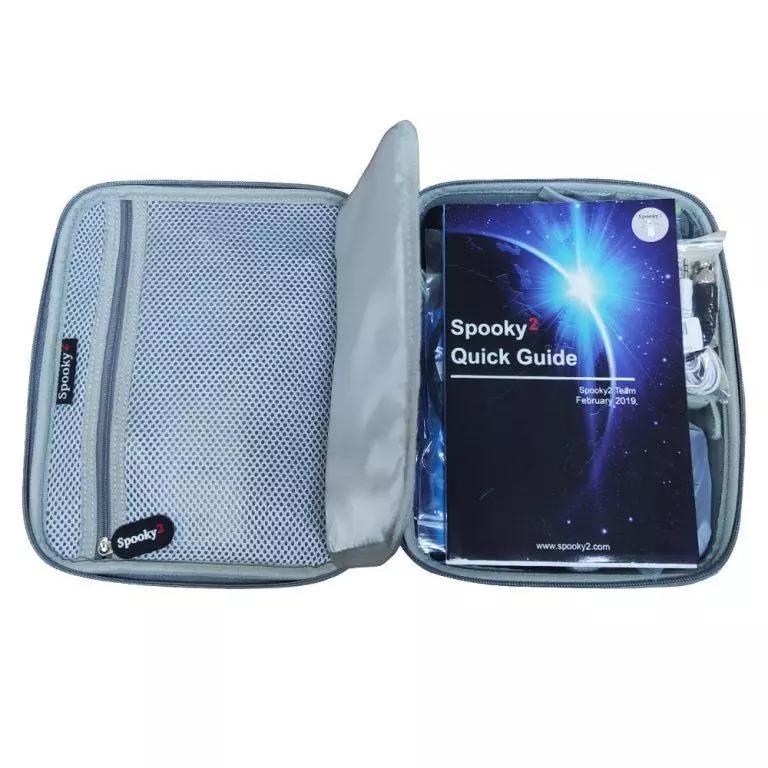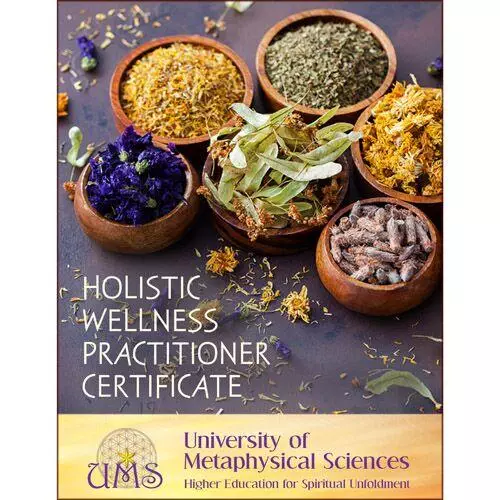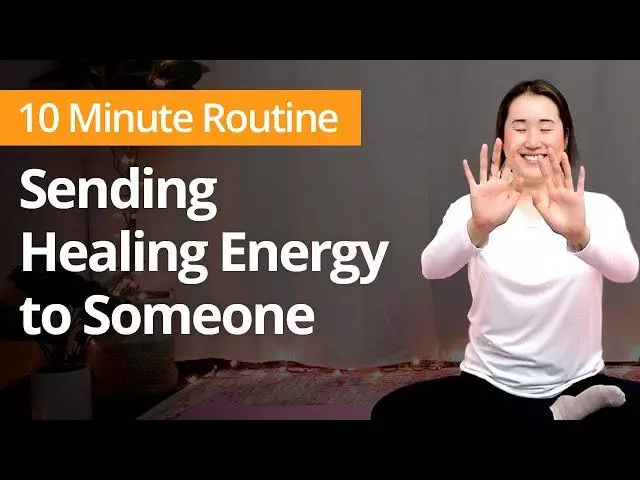How to Find the Best Neurofeedback at Home Device

Neurofeedback at home has expanded beyond its roots as an exclusive practice, making it easier for individuals to optimize their mental wellness. When searching for the ideal device, look for user-friendly devices equipped with top-of-the-line sensors and electrodes.
Home-based biofeedback uses gamification and physiological feedback to make brain training an engaging experience, improving focus, emotional balance and sleep as well as decreasing stress and anxiety levels.
1. Mood and Attention
If you are having issues with mood or attention, neurofeedback could be the perfect solution. By taking advantage of neuroplasticity in the brain, neurofeedback teaches individuals how to self-regulate and optimize their brainwave patterns – helping improve focus, calmness, emotional regulation and sleep quality in particular.
Start neurofeedback sessions off right by donning a headset equipped with sensors, then watch or listen to movies or music with it playing through headphones with sensors attached. When sensors detect unstable or unproductive brainwave activity, such as excessive blinking rates or unfocused brainwave activity, movie/music pause temporarily as an alert signal. With regular practice, healthy changes occur that last even after neurofeedback sessions have concluded.
Neurofeedback may provide cognitive enhancement on its own; however, its primary use lies in treating conditions such as Lyme Disease, tick-borne illness, PANS/PANDAS syndrome autism OCD depression anxiety ADHD etc. Dr. Roseann is internationally renowned for her expertise in applying neurofeedback for these and other conditions.
Neurofeedback can not only aid with mood and attention issues, but it may also be an effective treatment option for ADD and ADHD symptoms. Neurofeedback therapy is especially useful for children and adolescents as it teaches them how to control their focus and impulses without resorting to medications.
Muse Headband Neurofeedback Device combines EEG technology, meditation and an intuitive app to give feedback on brainwave activity and enhance mental health. Furthermore, its users receive expert-guided brain training designed to calm them down, enhance concentration and focus, regulate emotions effectively and improve sleep quality.
While many individuals can benefit from home neurofeedback devices, results will differ for every individual. To ensure optimal results it’s essential to select high-quality devices with proven safety and accuracy records as well as being guided by qualified clinicians; additionally if dealing with medical conditions like epilepsy, severe migraines or traumatic brain injuries it is also advisable to consult your physician first before beginning.
2. Anxiety
Home neurofeedback devices may provide relief if you suffer from anxiety. This form of brain training uses an EEG headset to monitor brainwave activity, enabling users to view and interact with data that reveals patterns in your mindwaves. Over time, this may teach your mind to relax, alleviating symptoms associated with anxiety and other mental health disorders.
Neurofeedback should never be seen as a miracle cure for mental illness and should not replace professional therapy or counseling sessions, but when combined with counseling, medication and lifestyle changes it can be an invaluable way to manage symptoms more effectively.
Home neurofeedback devices should be straightforward and user-friendly, offering features to assist your training at your own pace in the comfort of your own home. Maintaining consistent practice may prove to be challenging at first; but, once committed, results can be astonishing!
Top-rated home neurofeedback devices often offer multiple options, including virtual reality (VR). These systems combine virtual reality with neurofeedback to provide users with a fun and engaging experience – the DSI-VR300 device is one example of this kind, providing eight channels of dry, active EEG electrodes as well as an integrated VR headset.
An alternative solution is purchasing a consumer-grade EEG headband, such as Mendi’s EEG headband. This headset collects brainwave information using optical sensors and fNIRS technology – creating a headset that’s comfortable and cost effective for most.
Your headset can also work with specific software programs to allow you to tailor neurofeedback training sessions specifically to you and take them further. Some software even includes guided sessions led by licensed practitioners, helping maximize your experience.
Once you’ve chosen your device and the ideal home neurofeedback training program for yourself, it’s time to practice! Establish a sanctuary free from distractions to practice neurofeedback training at home. Start with an orientation run to become familiar with using it before beginning personalized sessions twice or three times every week. Make sure your sessions remain on a regular schedule!
3. Stress
Neurofeedback can help you discover effective strategies to manage and lower stress levels through training and feedback. With its high-tech yet user-friendly equipment that reads your brainwaves while you relax with videos, neurofeedback teaches your mind to change its patterns to become better at handling challenges and stressors in daily life.
To select an ideal home neurofeedback device for you, take into account your specific needs and desired outcomes. Different devices offer measurements on different aspects of cognitive and emotional functioning; you’ll have to assess which devices best suit your lifestyle and requirements. Seek professional guidance or user reviews prior to making a purchase decision.
EEG-based neurofeedback measures your brain’s electrical activity with sensors on the scalp, reading electrical signals and decoding them into specific brainwave frequencies like alpha, beta or theta – each one representing different states of being, from relaxed relaxation to active mental processing.
Neurofeedback devices designed for home use are intended to teach you how to shift between the different brainwave states to better control emotions and mood. Feedback mechanisms vary among devices; usually you’ll receive visual rewards if your brain produces certain frequencies; over time you can train it to produce healthier brainwaves consistently.
Non-EEG neurofeedback devices operate similarly but use physiological signals instead of EEG recordings to monitor brain activity. Examples include wristbands, headbands, and wearable devices with sensors like fNIRS (functional near-infrared spectroscopy) or MRI to track changes in blood flow as well as monitor brain function and detect changes.
When shopping for an at-home neurofeedback device, choose one that is comfortable to wear and easy to use. Also ensure your training schedule remains regular – just as plants need regular watering sessions, your brain requires consistent sessions in order to develop healthy patterns and function optimally – make your neurofeedback device part of your everyday routine in order to see optimal results!
4. Sleep
Neurofeedback can assist people with various cognitive and emotional conditions. It can improve focus, lower stress levels and unlock one’s brain’s full potential – but selecting an ideal device depends on a range of variables.
Home neurofeedback devices should offer a range of biofeedback features that can enhance mental and physical wellbeing, including heart rate monitors, GSR sensors (electronic skin conductance), EMG devices, temperature biofeedback, brainwave tracking tools as well as temperature biofeedback. With these tools available at their fingertips, individuals can become aware of physiological responses while learning techniques to boost health at any time from within their own home environment.
No matter your goal is for mental fitness or ADHD treatment, using an at-home neurofeedback device is sure to help reach them. With various options to train the brain and increase productivity and resilience. The top neurofeedback devices provide assistance.
Home brain training devices often go beyond EEG (electroencephalography) neurofeedback devices to include virtual reality technology for immersive training experiences that engage all ages – some devices even being suitable for use at school or work environments.
Omnipemf headsets are an increasingly popular choice, tracking brainwaves while emitting electromagnetic frequencies designed to promote desired states like focus, energy, calm, wind down and sleep. These frequencies sync up with natural brain activity allowing users to build healthier habits that improve concentration, focus and mental resilience.
At-home brain training devices offer an easier approach. For example, the Mendi at-home neurofeedback system utilizes optical sensors based on fNIRS (functional near-infrared spectroscopy) technology to measure blood flow in the prefrontal cortex of the brain. Users can then play games to increase brain activity there and strengthen attention and mental resilience.
Neurofeedback devices for at-home use are rapidly developing. Some were originally developed for professional use but later adapted by licensed practitioners for home-use; others like NeurOptimal Dynamical Neurofeedback system were designed specifically for such use. Not only can these devices offer convenience and cost-efficiency, they may help patients struggling to recover from neurological disorders or trauma reduce therapy session costs and duration more quickly.




